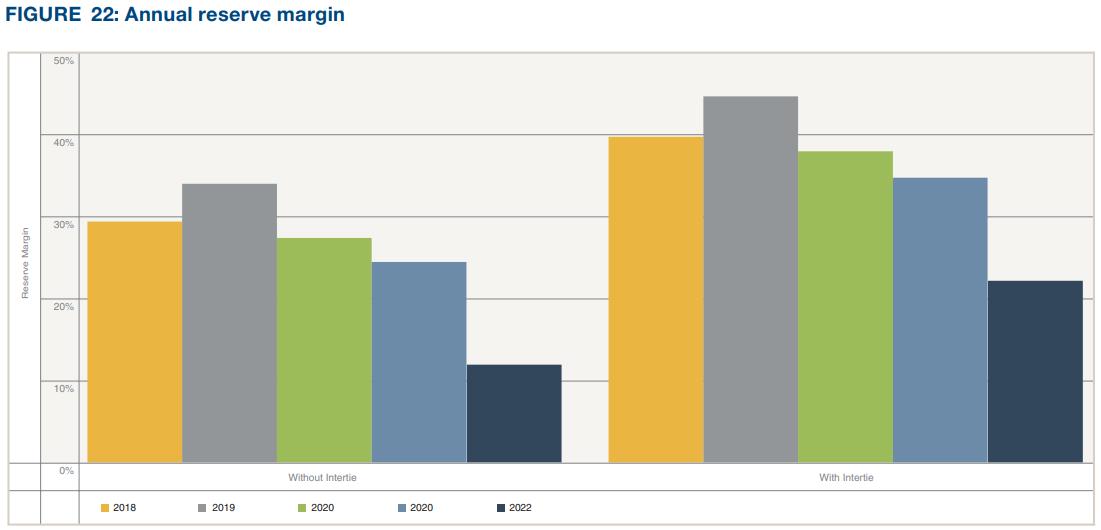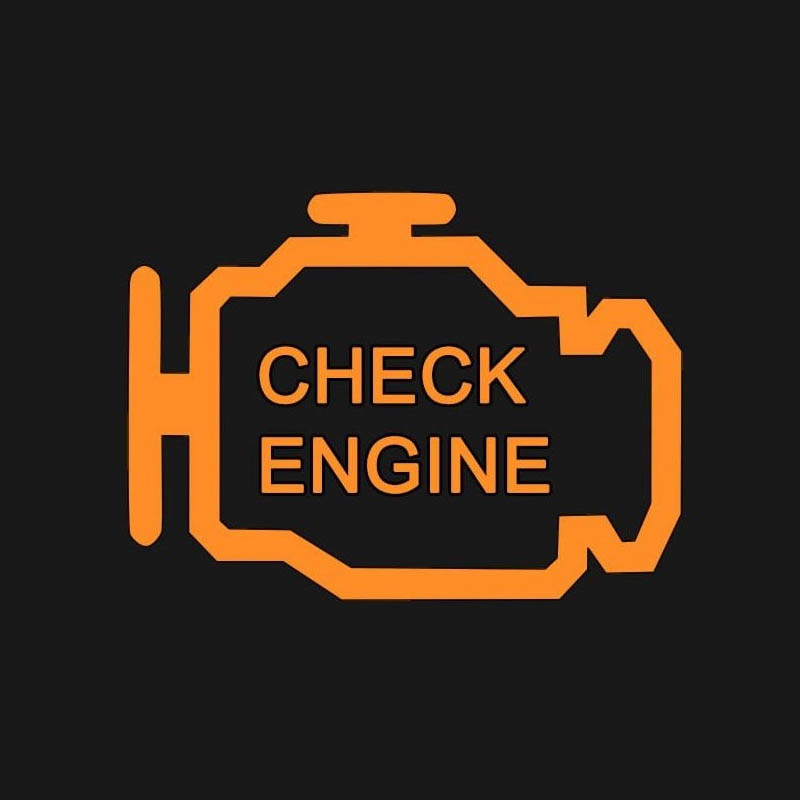Driving With the “Check Engine” Light On – Alberta’s Grid
By Jason Doering
This article has been abbreviated for accessibility. To read the full length version (PDF), click here
![]()
Alberta has been ignoring the warning signs of its power system’s decreasing resource adequacy, much like a driver might ignore a car’s check engine light. The situation reached a critical point on January 13th, 2024, when Alberta nearly faced a supply shortfall during extremely cold temperatures, indicating a shift from a cautionary yellow light to an urgent red one.
We’ve all done it. You’re driving along, and the “check engine” light comes on. You look at the owner’s manual, which says that a yellow light means get it checked out soon and a red light means do something right now. But the light is yellow, so you keep driving, and the longer nothing bad happens, the longer you keep driving, hoping that whatever’s wrong is minor and you can take care of it the next time you get around to taking the car into the shop.
In my opinion, this is what we’ve been doing in Alberta with our power system for some time now. The Alberta Electric System Operator (AESO) has published reports warning of significant power system problems, so it’s no secret that something’s wrong, and we’ve been operating the power system with that “check engine” light on for a while now.
“On January 13th, 2024, all Albertans saw that check engine light turn from yellow to red. The Alberta power system came perilously close to a supply shortfall, meaning that the demand for power very nearly exceeded the available supply.”
The Check Engine Light Turns Red
On January 13th, 2024, all Albertans saw that check engine light turn from yellow to red. The Alberta power system came perilously close to a supply shortfall, meaning that the demand for power very nearly exceeded the available supply. We came within tens of MW of supply shortfall, which would have meant controlled (rolling) blackouts during -35 C ambient temperatures – not good.
This event was due to the declining level of dispatchable generation capacity and growing Alberta electricity demand, that is, decreasing resource adequacy. However, resource adequacy is only one of four power system problems we are facing in Alberta, which I’ll briefly explain.
Decreasing Resource Adequacy
Each year, the AESO publishes the Annual Market Statistics Report, which provides detailed data on all aspects of Alberta’s power system and market. The report provides the system reserve margin, which is the available dispatchable generation capacity in excess of system peak demand. Reserve margin is an indicator of resource adequacy, and a reserve margin of around 20% is generally considered adequate.
In Alberta, the reserve margin has been declining since 2019, and in 2022, the latest published report, the reserve margin was just 12% without interties, as shown in the figure below from page 25 of the AESO’s 2022 Market Statistics Report. Yellow check engine light on.

Degrading System Operability
On March 10th, 2023, the Alberta Electric System Operator (AESO) published the Reliability Requirements Roadmap, which provided a detailed summary of the challenges the AESO is having with power system operations due to increasing levels of renewable generation (wind and solar power) and changes to demand patterns due to increasing electrification and residential solar power additions. The report clearly outlines three specific operational challenges the Alberta power system is facing: frequency stability, system strength, and flexibility capability.
1. Frequency Stability
This is the ability of the power system to maintain sufficient frequency and recover to normal operating frequency (60 Hz) following the sudden loss of a large supply source. The AESO considers Frequency Stability to be their highest priority, stating, “Existing frequency-related operational challenges mean that immediate action is required to reduce frequency stability risk. The need for mitigation will continue to grow over time as the generation fleet continues to transform.” Essentially, the AESO is saying that as more variable renewables are added to the system without the addition of dispatchable generation, the harder it will be to maintain adequate frequency control.
2. System Strength
This is the ability of the power system to maintain normal voltage at any given location despite system disturbances. The AESO sees System Strength as a localized challenge in specific areas of the system in the near term but will increase in significance if not addressed soon.
3. Flexibility Capability
This is the ability of the power system to adapt to dynamic and changing conditions while maintaining the balance between supply and demand. This is manageable today but will become more challenging as more variable renewable generation is added.
Taken together, these three problems paint a picture of a power system that has become increasingly fragile, increasingly hard for the AESO to operate, and therefore increasingly unreliable. Yellow check engine light on.
Time to Visit the Shop
The check engine light turned from yellow to red on January 13th when we came uncomfortably close to a supply shortfall on one of the coldest days of the year. This event very publicly alerted everyone to that check engine light, and the time has come to visit the shop and do some repairs.
Luckily, we had a scheduled appointment because the Alberta government, the AESO, and the AUC already had initiatives underway to address these issues, so repairs are on the horizon.
The Alberta government is reviewing the transmission policy and market structure, AESO’s Market Pathways initiative is exploring market changes required to navigate the energy transition, and the AUC is exploring the impacts to reliability of continued addition of renewables to the power system. In addition, the Market Surveillance Administrator is providing advice and input to the government. The government will take the findings, recommendations, and advice from the AESO, AUC, and MSA into account in developing electricity policy changes that are expected to be unveiled in early March 2024.
In the meantime, the power system will be in a perilous state until we can get some new dispatchable generation on the system. The addition of the Cascade combined cycle plant and the Suncor cogen plant in 2024 will provide some near-term relief while electricity policy reforms are implemented.
Until then, buckle up and try not to look at that check engine light.
This article has been abbreviated for accessibility. To read the full length version, click here.
Jason Doering is a professional engineer with 25 years of power system experience, including integrated resource planning, electricity market operations, transmission system planning, power system operations planning and engineering, and power generation maintenance engineering and management. He is currently the Vice President of Corporate Operational Services at ENMAX Corporation.


